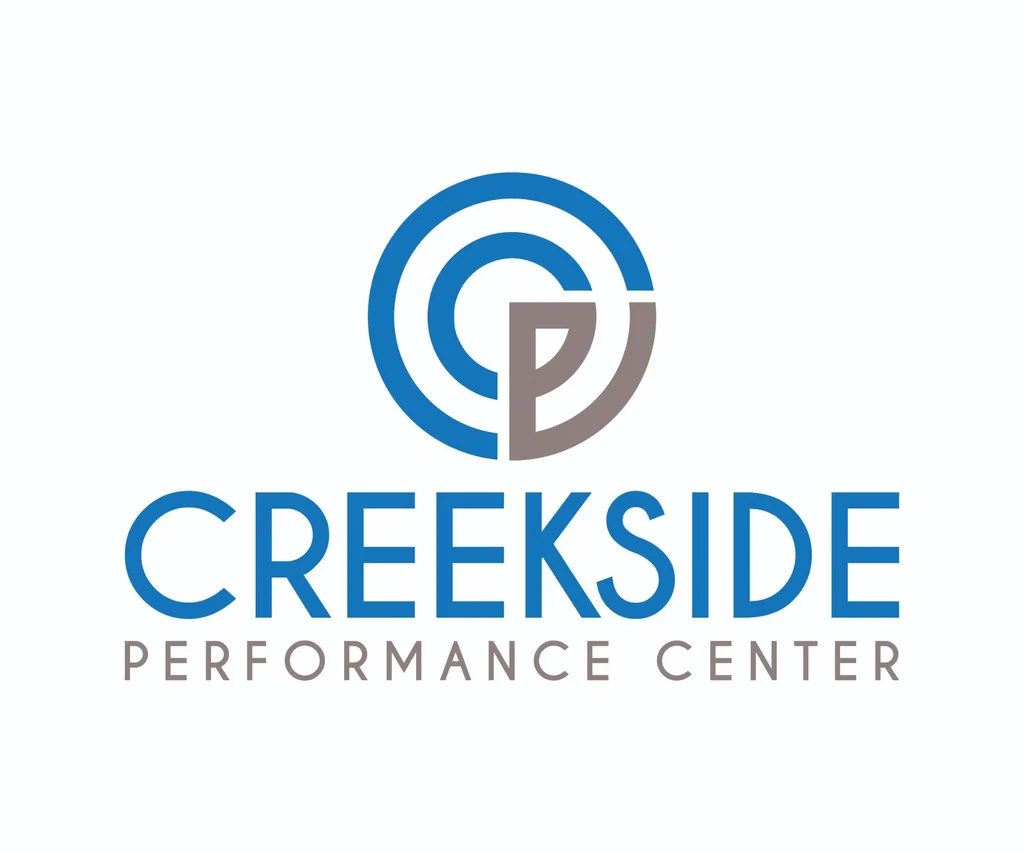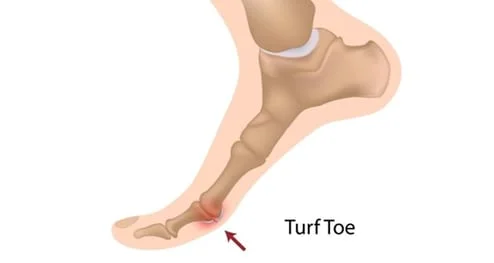What is turf toe?
Turf toe is a condition that happens when the first toe is over-stretched in extension (or dorsiflexion), which causes capsular sprain to the MCP joint in the first toe.
How does turf toe happen?
A patient with turf toe will usually present with a history of forced dorsiflexion (think toe stretching upwards) of the first toe. The injury may be from acute injury or repetitive in nature. It may result from a trip or fall. The injury is common in athletes.
Why is it called "turf toe"?
The term “turf toe” was designated because of the high incidence of theses injuries associated with the use of artificial turf on athletic playing fields.
Are turf toe injuries common?
Turf toe injuries rank third, after knee injuries and ankle injuries, among the most common injuries causing loss of playing time among university athletes. While ankle injuries are up to 4 times as common as turf toe injuries, turf toe may account for a greater proportion of missed playing time.
How will my doctor know if I have turf toe?
The diagnosis is generally established through a suggestive history, first toe MTP tenderness, swelling and pain that intensifies with dorsiflexion.
Do I need X-rays or imaging for turf toe?
X-rays are useful initially to rule out fracture. Plain radiographs, including anteroposterior weight-bearing, lateral, and sesamoid axial views, are indicated. MRI is the imaging modality of choice when evaluating turf toe (plantar plate tear).
What treatments are effective for turf toe?
Treatment is done with the goal to reduce pain & swelling and protect toe from further injury
Electrotherapy & ice or underwater ultrasound may be helpful to diminish acute pain and swelling. Clinicians should address leg, ankle, foot restrictions with joint manipulation. IASTM may be performed over the affected ligaments to speed healing. Stretching will begin with AROM as symptoms allow. Stretching and myofascial release to the calf muscles are necessary to ensure adequate ankle dorsiflexion, which decreases re-injury risk.
Do I need to rest with turf toe?
Selective rest may be necessary and could include stationary cycling. Ice should be applied 3-5 times per day at home. Patients may find relief with NSAIDs. Stretching of the gastroc and soleus will improve dorsiflexion of the kinetic chain.
Does footwear affect turf toe?
Athletes wearing flexible turf shoes are much more prone to injury than those wearing shoes containing a stiff forefoot. The absence of a stiff sole places the forefoot, and specifically the MTP joints, at much greater risk for stress-type injuries. Athletes should avoid shoes with an excessively flexible forefoot and consider stiff soled shoes during initial healing. Players may also consider using an insole containing a carbon fiber steel plate in the forefoot.
What are the return to play guidelines for turf toe?
When the athlete can run and change direction with out pain and loss of mobility, he/she may return to participation with the toe taped and a rigid insert.
At Creekside Chiropractic & Performance Center, we are highly trained to treat this condition. We are the only inter-disciplinary clinic serving Sheboygan county that provides chiropractic, myofascial release, ART (Active Release Technique), massage therapy, acupuncture, physiotherapy, rehabilitative exercise, nutritional counseling, personal training, and golf performance training under one roof. Utilizing these different services, we can help patients and clients reach the best outcomes and the best versions of themselves. Voted Best Chiropractor in Sheboygan by the Sheboygan Press.
Evidence Based-Patient Centered-Outcome Focused


